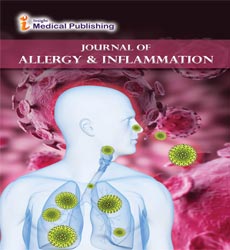Abstract
Peripheral Neuropathic Pain: A Multispecialist Approach to Pain Management
Neuropathic Pain is a difficult pain entity to diagnose, calssify and treat. Diagnosis, especially with small fibre neuropathy is unsatisfactory and based on basic clinical signs and symptoms. First line treatments often include antineuropathics such as gabapentinoids and tricyclics which have a high NNT, with most imparting unacceptable side effects. Clinical Ptactice: At Kings College Hospital the Pain Management Department have teamed up with two peripheral neuropathy specialists to diagnose and form treatment plans for this group of patients. Diagnosis is done at Kings College London University using microneurography and skin biopsies for confirmation. Treatment plans are steered in a multimodal direction including avoidance of regular medications if possible. These include Capsaicin 8% patches (Qutenza), intravenous lidocaine and ketamine burst infusions and pulsed radiofrequency of relevant nerves using X-ray or ulstrasound. Biospsychosocial assessment also allows recognition of psychosocial factors and treatment such as depression and anxiety. Multispecialty assessment allows firm diagnosis and efficacious and tailor made treatment plans to be made for this difficult group of patients. Avoidance of regular antineuropathics is a key component, preventing development of side effects which decrease quality of life.
Author(s): Adam Woo
Abstract | Full-Text | PDF
Share this

Google scholar citation report
Citations : 26
Archives of Inflammation received 26 citations as per google scholar report
Abstracted/Indexed in
- Google Scholar
Open Access Journals
- Aquaculture & Veterinary Science
- Chemistry & Chemical Sciences
- Clinical Sciences
- Engineering
- General Science
- Genetics & Molecular Biology
- Health Care & Nursing
- Immunology & Microbiology
- Materials Science
- Mathematics & Physics
- Medical Sciences
- Neurology & Psychiatry
- Oncology & Cancer Science
- Pharmaceutical Sciences
